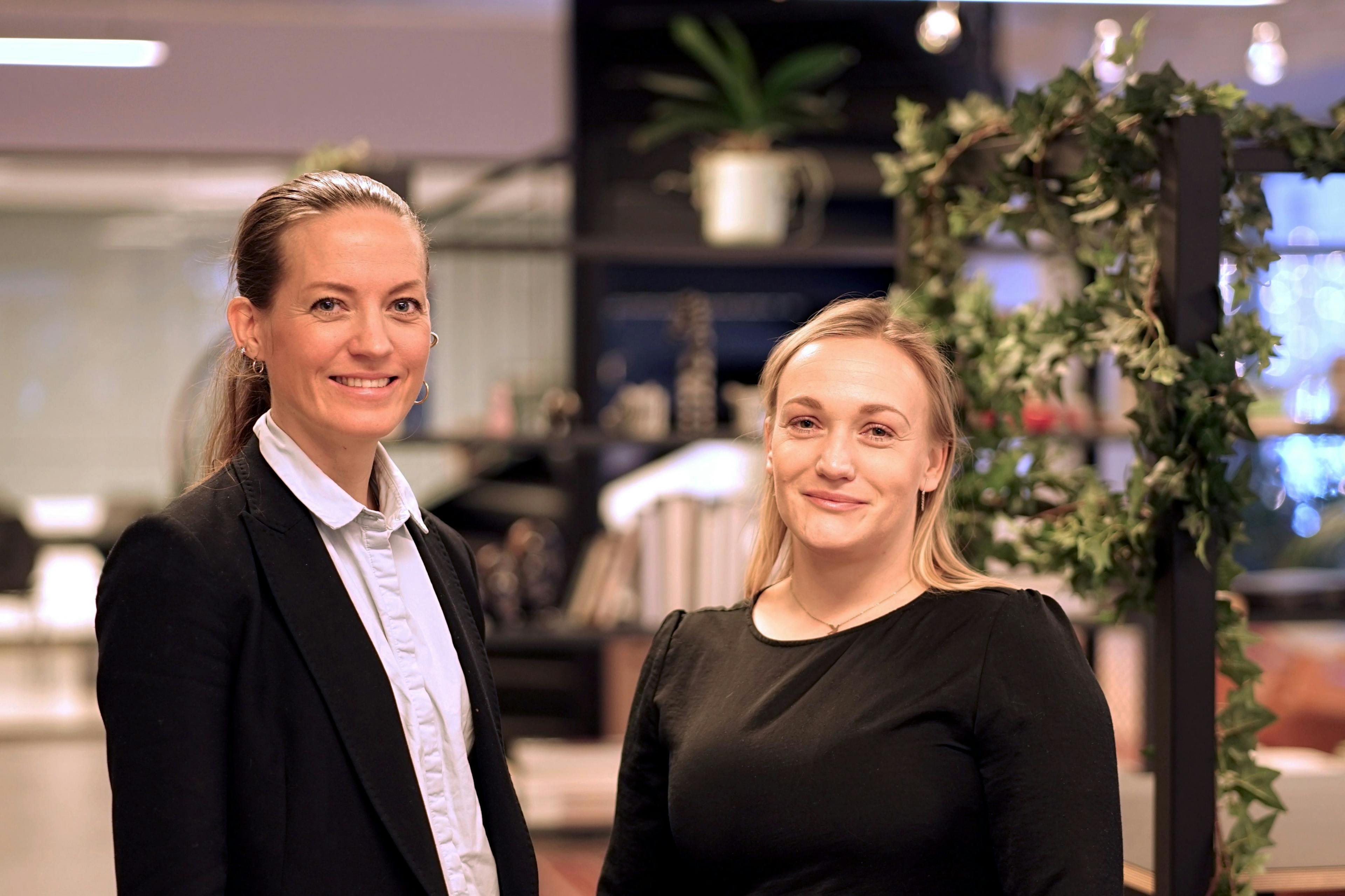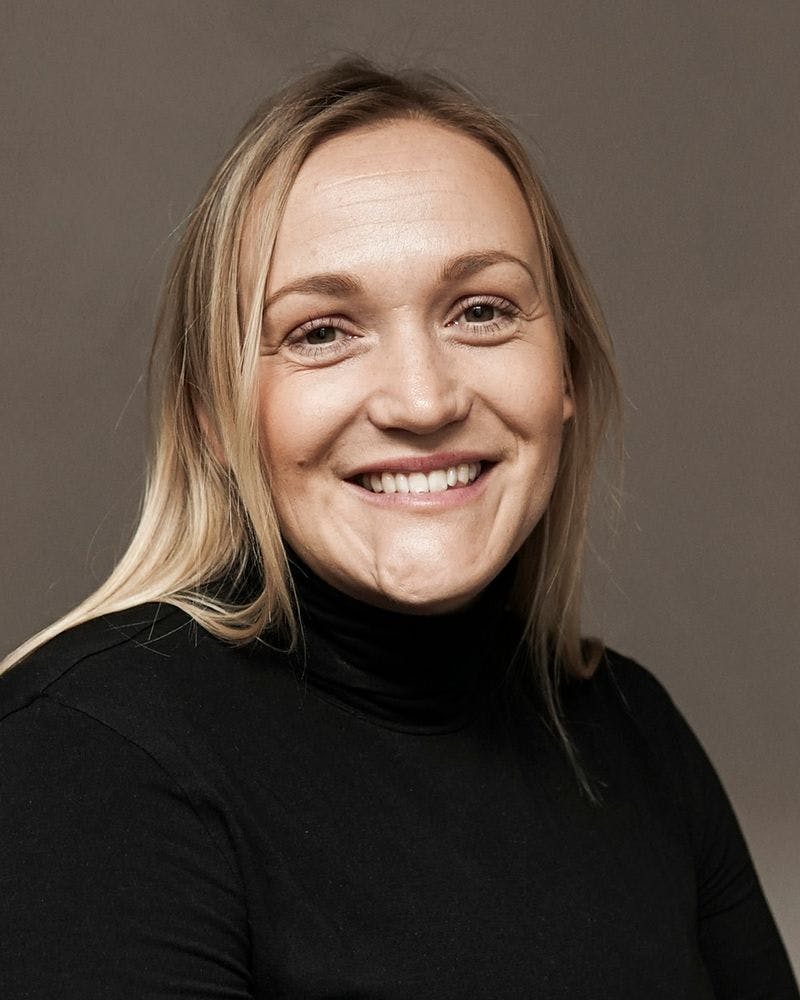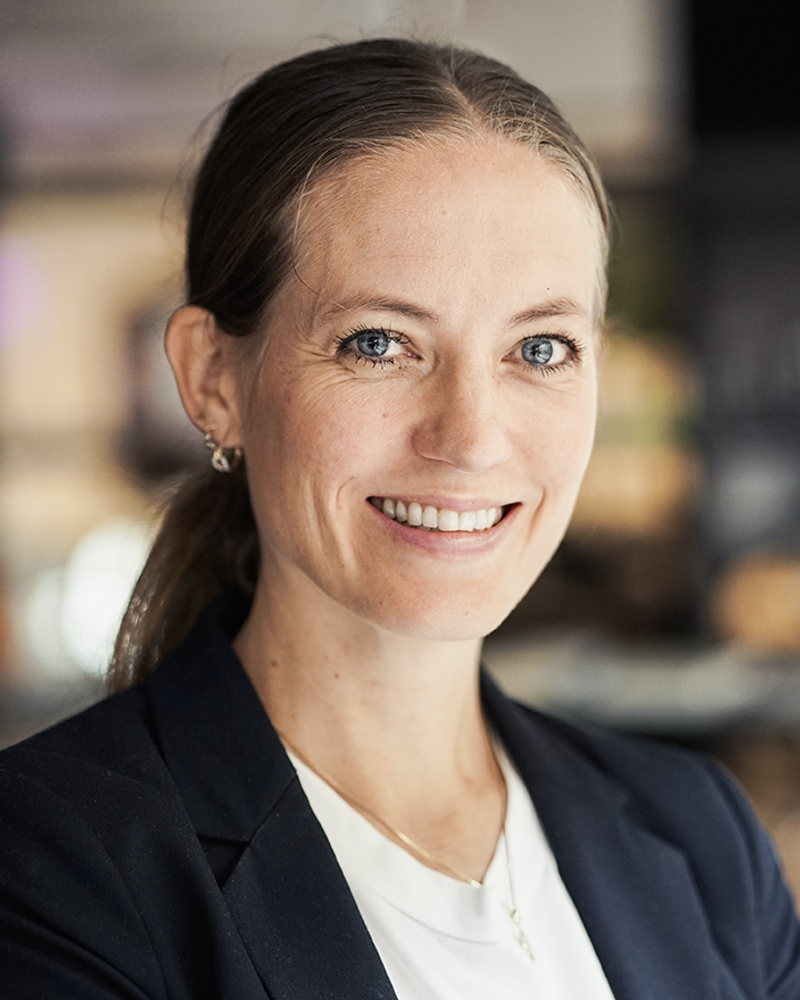Unpacking the meaning of corporate impact
As impact becomes central in today’s business landscape, we sat down with Hanna Ahlström, Senior Advisor & ESG Regulatory Expert, to hear her perspective on how the concept of impact is evolving within ESG and corporate sustainability.

How is impact currently being discussed, and what role does it play in today’s corporate landscape?
The concept of “impact” has gained significant traction, especially with new regulatory frameworks like the EU’s Corporate Sustainability Reporting Directive (CSRD). This directive broadens the approach to impact, requiring companies to assess their effects across the entire supply chain and evaluate their impact on people and the environment. It represents a fundamental shift: moving companies from voluntary disclosures to mandated assessments of their broader societal and environmental footprint over the short-, medium- or long-term.
It sounds like this shift could challenge traditional approaches to sustainability. In your view, what are some of the shortcomings of how companies have previously addressed these issues?
Too often, sustainability discussions focus on what should be done rather than how to do it. This approach creates a risk that the same mistakes are repeated and prevents us from transforming into something new. Anna Branten at Institute for Transition raised a vital question, asking, “Can we not take bigger responsibility and imagine bolder changes?” If companies remain structured and financed in traditional ways, it becomes difficult to create meaningful change and the corporate machinery pretty much grinds on as it always has.
New truly sustainable business operations are most likely not to be found through leaning back into old ways of thinking. True progress requires us to think beyond these reporting requirements and start reimagining systems that address broader impacts effectively.

Do you believe that current impact reporting, like what’s stipulated under CSRD, is enough to drive real change, or does it risk reinforcing old habits?
While CSRD is groundbreaking from a reporting perspective, it is not enough. Solving today's problems with yesterday's approach when we want to create "impact" is to make it rather simple. The CSRD is groundbreaking in pushing companies toward transparency, but if impact reporting remains compliance-focused, we risk missing out on transformative opportunities.
We must dare to challenge and experiment with the way we do things, and that we need to constantly strive to integrate new principles into our work. For example, at ÆRA, we work with partners who are embracing this new mindset, but they often struggle against rigid, outdated systems. Substantial impact requires more than “green” products being introduced into traditional, linear models—it requires structural changes.
Our initiative, (På)fyll, exemplifies this: delivering soap in reusable containers shifts the product lifecycle from single-use to circular, challenging conventional models and driving sustainable design. (På)fyll emerged from collaboration between Orkla, Bakken & Bæck, and ÆRA, illustrating how stakeholder input can lead to impactful solutions.
A somewhat old traditional tool to trace impact has received renewed interest recently; due diligence assessments. Due diligence describes the actions taken by a company to identify and act on actual and potential risks to people and the environment. These actions have not only reach within the company’s own operations but throughout its entire supply chain.
You mentioned due diligence assessments. How do you see their role evolving in this new impact-focused context?
Although due diligence assessments have been in the toolbox for sustainability professionals for a long time, its potential for tracing and achieving impact is yet to be realized. The reason for this is two-fold:
First; Not until recently, they’ve become mandatory in many regions of the world. Due diligence assessments have increased in relevance especially in the Norwegian market due to the national legislation that mandates companies that are covered by the Transparency Act to perform human rights due diligence assessments, associated with a specific set of disclosure requirements.
In the recent filing against Lager 157 for breaching transparency requirements under the act, the company receives a fee of NOK 450,000 from the Norwegian Consumer Protection Authority. With the Corporate Sustainability Due Diligence Directive (CSDDD) quite recently adopted, we will see renewed focus, also including environmental considerations across Europe as well as in Norway.
Second; Traditional due diligence assessment has a risk-based approach, which overlooks the strategic opportunities. However, due diligence can be used strategically and help highlight blind spots and foster partnerships that drive positive impact.
At ÆRA, we believe that innovation and strategy development provide new ways of exploring impact and synergies when keep tracking this impact.

So, are you saying that viewing sustainability solely through a risk lens could limit innovation?
Exactly. Risk management is crucial, but innovation and impact-driven strategy allow us to tackle challenges proactively, uncover new insights, and create market opportunities. Typical due diligence, which is risk-oriented, has untapped potential to drive impact-centered innovation. But this requires us to delve into questions such as:
What if the collected data from this process reveal blind spots in market opportunities? What if these blind spots also provide new learnings for business development? What if negative impacts in a value chain is solved because of local stakeholder dialogues and a local entrepreneur provides innovative solutions to this, that have positive impacts on the overall business model?
Such perspectives can be opened through approaching due diligence processes differently. Some of this thinking also goes into efforts like our Value Chain Days, we see how stakeholder engagement can open up previously overlooked sustainability opportunities.
What do you think is required to shift from traditional reporting to a more innovation-driven approach to impact?
A shift like this requires rethinking existing systems. Launching a new sustainable product within a traditional framework is challenging because these linear models aren’t designed for sustainable solutions. Instead, we need circular business models that redefine how we interact with resources and people.
This can sound challenging and resource demanding, but at ÆRA, for instance, we’ve developed a model that integrates the OECD’s process with our strategic innovation methods to make value creation central to assessments originally designed for risk mitigation. This approach uses due diligence to unlock added value rather than simply avoid risks.

So, in your view, what’s the ultimate goal of integrating this broader vision of impact into corporate operations?
The ultimate goal is to create systems where conservation, collaboration, and shared value are central to the business model, rather than being an afterthought. It’s about challenging old norms, embracing diverse solutions, and experimenting with new principles. By aligning strategies with principles for substantial impact, we can build resilient and responsible products and systems that allow businesses to run efficiently and contribute positively to society and the environment long term.
Contact


Idunn Hals Bjelland-de Garcia
Partner, Executive Advisor & Director of Corporate Impact


